Breaking down the SkillRise framework
By the SkillRise Editorial Team
We’re entering the future of work — a time when new technologies, processes and pathways are transforming the skill sets required from middle-skilled workers and job seekers, making continuous learning more important than ever. When organizations leverage educational technology to create lifelong learning opportunities for their employees, the workforce is better able to grow and flourish alongside technological innovation, creating a wave of new opportunity, innovation and progress.
Impending technological and workforce changes will create new jobs, but the challenge for workforce development organizations is that our workforce is not prepared with the skill sets needed for the jobs of the future. The workforce of today and the near future will need technical skills, soft skills, and transferable skills like systems thinking, problem-solving, and both critical and innovative thinking. These types of skills will help learner workers better position themselves with more value and versatility.
The mission of SkillRise is to support organizations in this effort. We recently created the Upskill with Edtech Framework (PDF) to help adult learning and workforce development organizations understand how to bypass pitfalls and strategically leverage technology to improve education and training programs to support learner workers in gaining the skills needed for a healthy workforce. We’ve broken down the framework below to help your organization get started.
The 5 Action Categories of Procuring & Implementing Edtech
In order to successfully launch your technology initiative, we recommend making your way through five key steps:
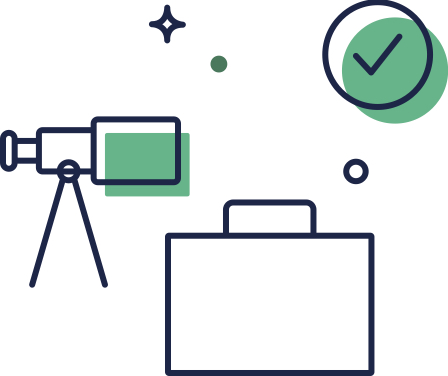
1. Vision and readiness
Starting with your organization’s vision and goals will help you remain focused and ready to overcome obstacles along the way. Remember your why and use it to inspire your mission, which will remind your team, your learner-workers, and your partners why you’re focused on this important work.
Your vision should clearly articulate the types of programs and services that will be better supported with technology and what you will be able to do differently.
As you work on your vision, avoid leading with technology. While technology certainly drives learning, it’s more important to focus on who you serve and their learning goals first and then explore how technology can help to better achieve those outcomes.
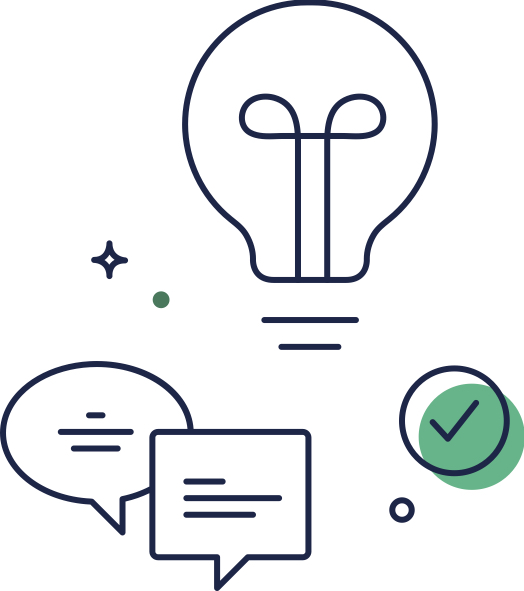
2. Team capacity and development
Now that you have an innovative vision for learning in mind, it’s time to think about your team. What skills do they have? How might they feel about technology? What kinds of experience with technology do they have? Helping your team embrace the changes headed their way will require leadership, constant communication, mentoring, change management, and professional development. For any technology solution to succeed, it's important to leverage the strengths of everyone in your community, recognizing that each member will play an important role including administrators, teachers, technology coaches, and learner-workers.
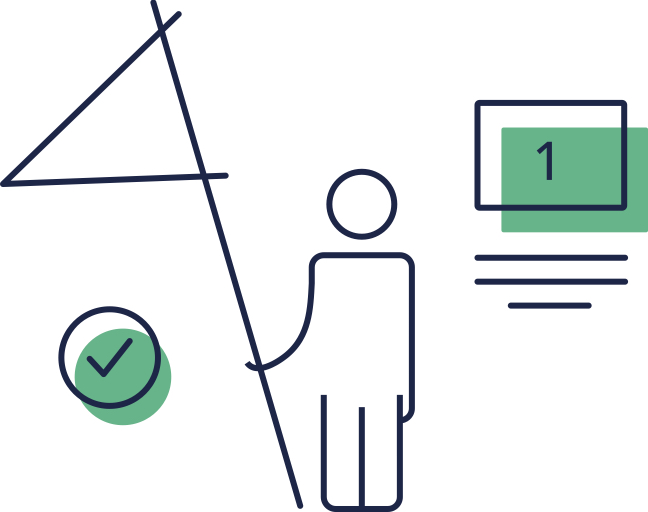
3. Research and planning
How well do you know your learner-workers? It’s time to get to know them better. While you may have confirmed in step two that most of them are excited and buy into this new technology initiative, they still come from varied cultural and educational backgrounds, and have diverse skills, abilities, and life circumstances.
All of these factors matter and will impact success. For example, the needs and expectations of a young adult entering the workforce for the first time will be vastly different then those of a middle-aged woman who’s recently been laid off from her lifelong job. It is therefore important to research and plan based on the unique needs within your organization so you can keep them in mind as you develop solutions.

4. Procurement and implementation
Now that you’ve identified the needs of your learner-workers, it’s time to create or find a solution. This step is vital to ensuring that your vision and mission come to life.
There are three options for how to approach technology procurement. The first is to find an existing product that has almost everything you need and make it work. Second, you can find an existing product you can augment, modify, or combine with others to get to the solution. Lastly, you can build your own. Each strategy includes different costs, benefits, and challenges to consider for the long-term sustainability of the solution.
No matter which path you decide to take, you’ll want to make sure you’ve considered evidence about how well the products work. Keep in mind that if you’re using an existing resource, your needs may have shifted based on the research you completed in step three. Also note that, in almost every case, using an existing product is a more manageable solution than building your own which may require ongoing development, user support, and other maintenance costs.
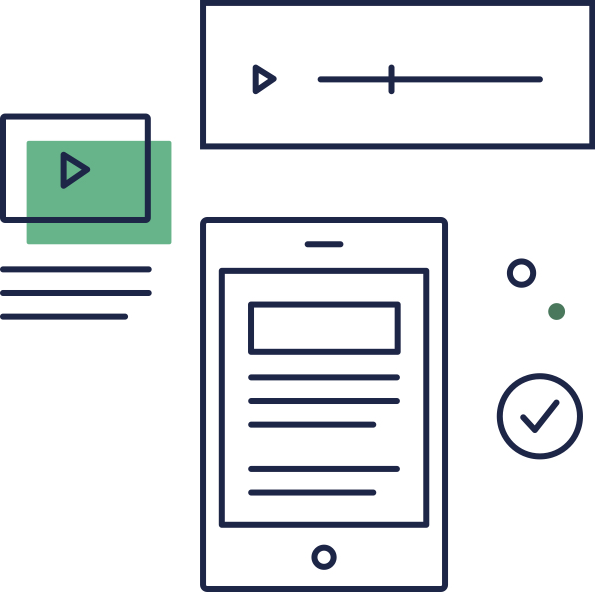
5. Communications and professional learning networks
Regardless of the solution you’ve chosen, clear communication with stakeholders is essential. You’ve got all of the other pieces in place: You’ve determined your vision, you’ve figured out your needs, gotten to know your learner-workers, and developed a solution to support them. Now you have to tell them about it, and ultimately, get their buy-in. To do this, your team will need a well-thought-out launch plan, as well as a strategy for ongoing communication and outreach.
Think about who internally could serve as “change champions” to help create mini-learning networks so your learner-workers feel like they are part of a community traversing this change together. This also creates an opportunity to find out how people are feeling and adjust accordingly.
While this might be the last step, don’t rush it! You could easily take six months to lay the foundation for your launch, and another six or more to execute. If you don’t spend the time getting this right, you risk creating a negative reaction to your solution.
Communicating about the new learning initiative is also not the end. You should be engaging with learning networks to continue your own learning! Joining existing online communities or building your own through a platform like Twitter helps ensure that you're constantly learning as an educator.
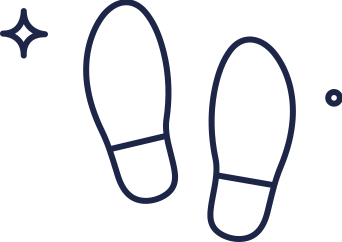
Where to next?
SkillRise offers podcasts, articles and additional resources such as the framework to support adult educators and their organizations in providing opportunities for learning with technology. Together, let’s prepare Americans for better careers and futures.
Want to learn more and dive deeper? Join the next cohort of the SkillRise course! This free course is led by experts in adult learning and educational technology, and you’ll get to work with peers to solve real-world problems related to advancing adult learning with edtech by diving into the Upskilling with Edtech Framework.
Follow us on Twitter @SkillRiseOrg to stay in touch!
The SkillRise Editorial Team consists of:
- As Director of Research at ISTE, Brandon Olszewski brings experience in educational research, edtech, and adult professional learning to the project. He leads the SkillRise initiative. Find Brandon on Twitter or LinkedIn.
- Lea Downing is an ISTE SkillRise Project Manager, bringing to the project experience in adult education, community college education, edtech, and nonprofit management. She is also the Curriculum Designer for the Adult Education Program at Delgado Community College. Find Lea on LinkedIn.
- Joey Lehrman is a SkillRise Project Manager with ISTE and the Program Effectiveness Coordinator for the Adult Education Program at Delgado Community College, where he brings over 10 years of experience as a classroom teacher and administrator in adult education and career pathway programming. Find Joey on Twitter @joey_lehrman or LinkedIn.

